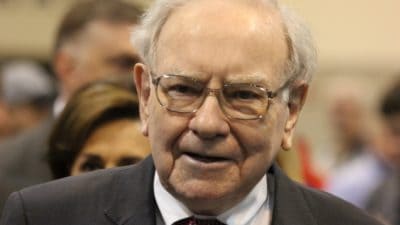Thoughts of AstraZeneca (LSE: AZN) invariably bring to mind all things vaccine, and in fact much of the recent volatility in the company’s share price has been driven by news-flow around the Covid-19 vaccine. But not all of it. Merger and acquisition (M&A), product approvals, and the most recent earnings call have all moved the needle on AstraZeneca stock. Over 52 weeks, its share price has ranged from GBP 67.36 to 101.20, and the temptation for me to sell now and make a quick return on the back of the current upswing is high, particularly so given near-term prospects for the company and its modest dividend. On balance, though, I think I’ll hold for now, as the uptick continues. Here’s why.
The (moderately) good…
On the Q1 2020 earnings call, AstraZeneca reported an 11% increase in total revenues relative to the same time last year, at $7.3 billion in Q1 2021. Taking out Covid-19 vaccine related sales, year-on-year growth was still strong at 7%, driven by oncology sales and what the company terms its new CVRM (cardiovascular, renal, metabolic) franchise.
AstraZeneca’s leading oncology products include Tagrisso and Imfinzi, which grew by 17% and 20% in Q1, respectively, despite the headwinds of Covid-19. At the end of last year, Tagrisso picked up an additional indication in the US for the adjuvant treatment of particular patients with non-small cell lung cancer, and in April of this year gained a similar approval from the EMA.
Farxiga, or Forxiga in Europe, is the catalyst behind AstraZeneca’s new CVRM franchise, and was initially approved to treat type 2 diabetes. However, growth in Farxiga has been driven by additional heart failure indications in both the US and Europe over the last two years, and is set to really take off following the new FDA approval for chronic kidney failure – a large, under-served market – announced in the last week.
Geographically speaking, AstraZeneca has had a good quarter for its stock, with all regions pulling their weight, and it is notable that the company outperforms many of its peers in China, where AstraZeneca has succeeded in getting 15 drugs on the essential drug list. Full-year guidance for 2021, which excluded Covid-19 vaccine impact and Alexion integration (see below), remains unchanged.
The (moderately) bad…
AstraZeneca’s development and manufacture of a not-for-profit Covid-19 vaccine was, at the outset, an entirely laudable endeavour, and remains so, despite all that has transpired and the sense that it has become something of a debacle. But the mismanagement of clinical data read-outs and deep problems with meeting manufacture and supply commitments are more indicative of the company’s inexperience in the vaccine arena than anything else. And the ongoing news-flow concerning the very rare risk of thrombosis related side effects really hasn’t helped matters.
And something else entirely…
Last month, the US Federal Trade Commission (FTC) approved AstraZeneca’s acquisition of rare-disease drug maker Alexion, despite initial indications that the trade body may take a tougher stance on M&A in biopharma. The December 2020 announcement of AstraZeneca’s intention to buy Alexion for $39 billion was not well received and prompted a 7.8% drop in AstraZeneca stock that month. However, Alexion’s focus on rare diseases provides an interesting counterpoint to AstraZeneca’s therapeutic footprint across the ‘big’ chronic disease markets (diabetes, cardiovascular, CKD, asthma, and COPD) and offers up the opportunity to broaden Alexion’s expertise in the immune complement cascade.







